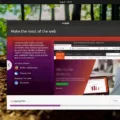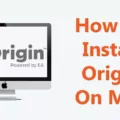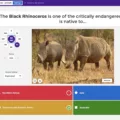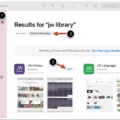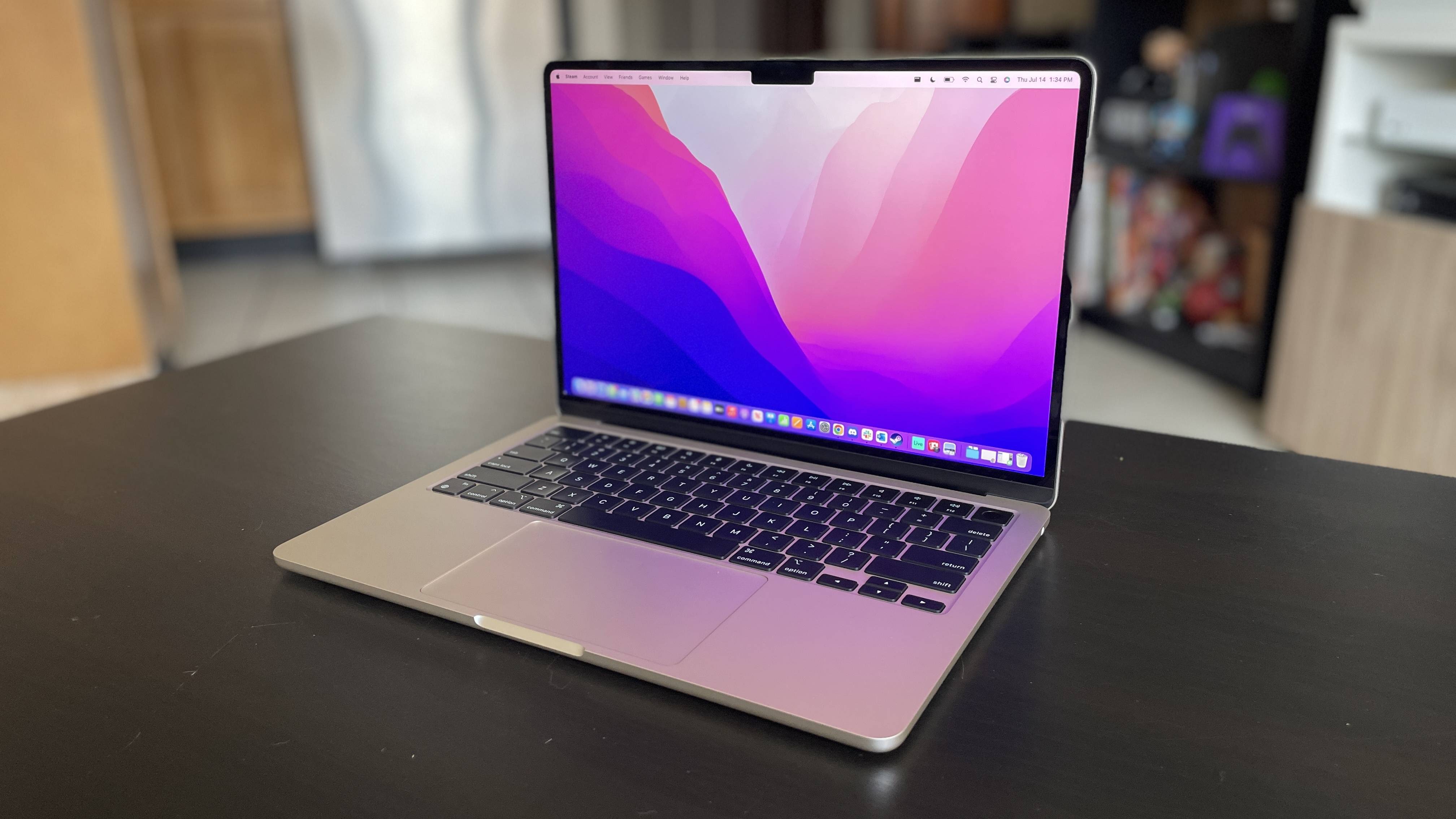Are you looking for a way to get the most out of your MacOS device? Then you should definitely consider using a Progressive Web App (PWA). PWA is an innovative web technology that allows web applications to act like native apps in terms of their look, feel, and functionality. It has become increasingly popular for websites over the past few years due to its convenience and ease of use.
In this blog post, we’ll take a closer look at how you can use PWAs on MacOS. We’ll cover everything from installation to usage to ensure that you get the most out of your experience with PWAs on your Mac.
The first step in using a PWA on MacOS is installation. To install a PWA, all you need to do is click the icon for the website and then click the “Install” button. Alternatively, you can install the PWA from the “three dot” menu in Safari or other browsers. Once installed, the app will be available in your launcher, similar to any other app you have installed on your computer.
Now that your PWA is installed, let’s take a look at what it can do! Just like any other app on your computer, PWAs are capable of performing various functions such as creating documents or playing media files. Furthermore, they can also be used when offline since they store content locally so it can still be accessed without an internet connection.
Finally, PWAs are also important because they are designed with mobile users in mind as well. This means that they will work just as well on mobile devices as they do on desktop computers and laptops. This makes them ideal for those who use multiple devices throughout their day-to-day lives.
Overall, Progressive Web Apps are great tools that make using websites easier and more convenient than ever before. Installing them onto your MacOS device takes only moments and opens up a world of possibilities when it comes to web-based applications and services. So if you haven’t already checked out PWAs yet, now is definitely the time!
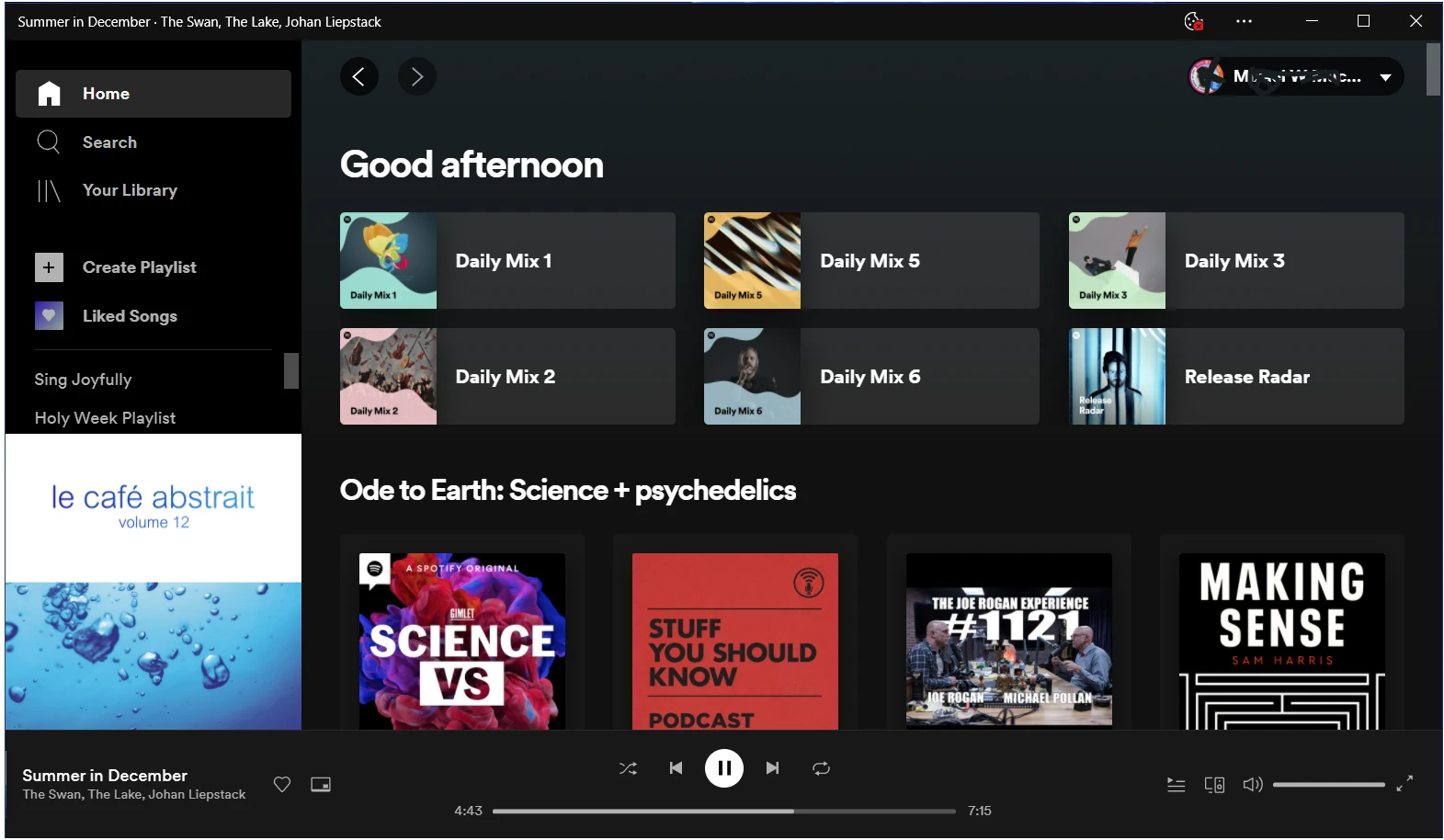
Does MacOS Support Progressive Web Apps?
Yes, MacOS supports Progressive Web Apps (PWA). PWA can be installed on MacOS devices running MacOS Mojave (10.14) or later. To install a PWA, open the website in Safari and click the Share button in the toolbar. Select “Add to Home Screen” to create an icon for the app on your home screen for easy access. Once installed, PWAs will appear in Launchpad and in the Applications folder just like any other app.
Adding a Progressive Web App (PWA) to a Mac
To add a PWA to your Mac, open the Safari browser and go to the website of the PWA you’d like to install. Once you’re on the website, click the icon to initiate the installation process. You’ll then be presented with an “Install” button. Click this button to complete the process and add the PWA to your Mac. Alternatively, you can install a PWA from the three-dot menu which appears at the top right of your browser window. Once installed, you’ll be able to find it in your Mac’s launcher or by searching for it in Spotlight search.
Can Progressive Web Apps Replace Native Mobile Apps?
Yes, PWAs can replace many native apps. Progressive Web Apps (PWAs) are web apps that offer features and functionality similar to native apps. PWAs can be built using standard web technologies such as HTML, CSS, and JavaScript, and they can be hosted on a standard web server. They are also designed to work across multiple platforms, including desktop computers, tablets, and mobile devices.
PWAs offer users the same experience as native apps in terms of user interface design and performance. They can access device hardware such as cameras, microphones, geolocation information, accelerometer data, and more. In addition to this, PWAs come with additional benefits over native apps such as faster loading times due to their lightweight nature and the fact that they don’t need to be downloaded or installed from an app store. Furthermore, PWAs have greater reach than native apps since they can be accessed from any device with an internet connection.
Overall PWAs offer many advantages over native apps which is why they are fast becoming a popular choice for developers looking to create engaging experiences for their users.
Can Progressive Web Apps Be Installed On Desktop Computers?
Yes, Progressive Web Apps (PWAs) can be installed on desktops. Once the PWA is installed, users can access the app faster than through a web browser. Additionally, more storage space will be available for content that can be used offline. Depending on the device and operating system, the installation will vary. For example, in Chrome OS and Windows 10, users can install PWAs from the Chrome Web Store; in MacOS Catalina and later, users should launch Safari and select “Install App” from the Share menu; and in Linux-based systems, users may need to enable installation of PWAs from third-party sources before installing a PWA.
The Future of Progressive Web Apps
PWA certainly holds a lot of potentials to be the future of web development. It is already being used by leading companies such as Twitter and Pinterest, who have seen improved engagement and conversions due to its faster load times, good performance in turbulent network conditions, reduced storage size, and update capabilities. It is also beneficial for businesses to adopt PWA because it enables them to reach users on different platforms including mobile devices, desktops, and tablets. Moreover, with the growing demand for progressive web applications, developers are constantly innovating new features that can help enhance user experience. Therefore it can be said that PWA has a lot of potentials to become the future of web development.
Conclusion
In conclusion, Progressive Web Apps (PWAs) are a great way to create a fast web experience on macOS. The installation process is simple and straightforward, and once installed, PWAs can provide many of the same features as native apps, such as more storage for offline content. Additionally, the PWA will be available in the launcher and in the spotlight search, making it easy to access when needed. With all of its features and benefits, PWAs are a great way to enjoy an enhanced web browsing experience on macOS.



